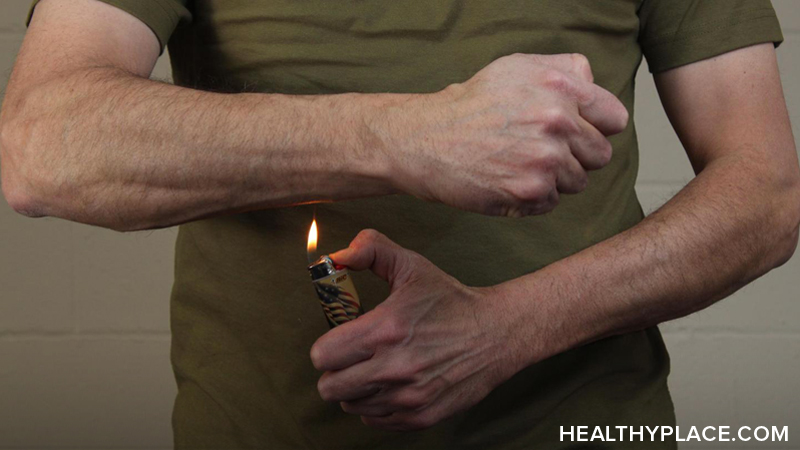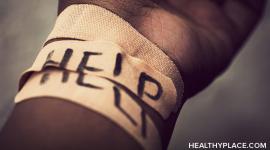What Is Self-Injury and What Can Parents Do About It?

What is self-injury? Why do adolescents engage in self-injurious behaviors and what can parents do about it?
Self-injury is the act of deliberately destroying body tissue, at times to change a way of feeling. Self-injury is seen differently by groups and cultures within society. This appears to have become more popular lately, especially in adolescents. The causes and severity of self-injury can vary. Some forms may include:
- carving
- scratching
- branding
- marking picking, and pulling skin and hair
- burning/abrasions
- cutting
- biting
- headbanging
- bruising
- hitting
- tattooing
- excessive body piercing
Some adolescents may self-mutilate to take risks, rebel, reject their parents' values, state their individuality or merely be accepted. Others, however, may injure themselves out of desperation or anger to seek attention, to show their hopelessness and worthlessness, or because they have suicidal thoughts. These children may suffer from serious psychiatric problems such as depression, psychosis, posttraumatic stress disorder (PTSD) and bipolar disorder. Additionally, some adolescents who engage in self-injury may develop borderline personality disorder as adults. Some young children may resort to self-injurious acts from time to time but often grow out of it. Children with mental retardation and/or autism may also show these behaviors which may persist into adulthood. Children who have been abused or abandoned may self-mutilate.
Why do adolescents self-injure?
Adolescents who have difficulty talking about their feelings may show their emotional tension, physical discomfort, pain and low self-esteem with self-injurious behaviors. Although they may feel like the "steam" in the "pressure cooker" has been released following the act of hurting themselves, teenagers may instead feel hurt, anger, fear, and hate. The effects of peer pressure and contagion can also influence adolescents to injure themselves. Even though fads come and go, most of the wounds on the adolescents' skin will be permanent. Occasionally, teenagers may hide their scars, burns, and bruises due to feeling embarrassed, rejected or criticized about their deformities.
What can parents and teenagers do about self-injury?
Parents are encouraged to talk with their children about respecting and valuing their bodies. Parents should also serve as role models for their teenagers by not engaging in acts of self-harm. Some helpful ways for adolescents to avoid hurting themselves include learning to:
- accept reality and find ways to make the present moment more tolerable.
- identify feelings and talk them out rather than acting on them.
- distract themselves from feelings of self-harm (for example, counting to ten, waiting 15 minutes, saying "NO!" or "STOP!," practicing breathing exercises, journaling, drawing, thinking about positive images, using ice and rubber bands, etc.)
- stop, think, and evaluate the pros and cons of self-injury.
- soothe themselves in a positive, non-injurious, way.
- practice positive stress management.
- develop better social skills.
Evaluation by a mental health professional may assist in identifying and treating the underlying causes of self-injury. Feelings of wanting to die or kill themselves are reasons for adolescents to seek professional care emergently. A child and adolescent psychiatrist can also diagnose and treat serious psychiatric disorders that may accompany self-injurious behavior.
Sources:
- American Academy of Child and Adolescent Psychiatry, Facts for Families, No. 73; Updated December 1999.
APA Reference
Staff, H.
(2022, January 27). What Is Self-Injury and What Can Parents Do About It?, HealthyPlace. Retrieved
on 2025, November 26 from https://www.healthyplace.com/parenting/self-injury/what-is-self-injury-what-can-parents-do-about-it



